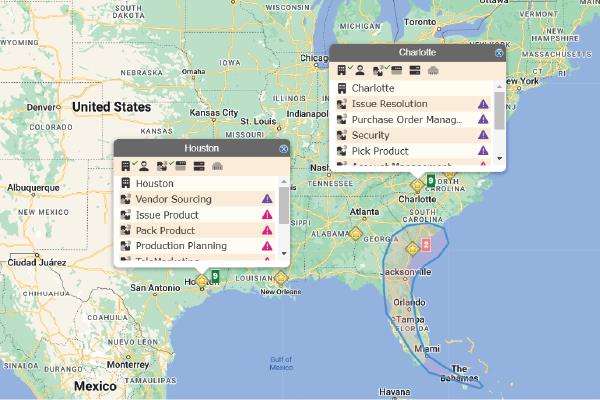Planning
eBRP Suite’s PLANNING components provide a comprehensive solution for setting Resiliency Program Objectives by identifying service availability requirements and operational vulnerabilities needing mitigation. With features like surveys, assessments, and decision support tools, it empowers executives and planners to prioritize plan development efforts effectively, ensuring a robust Business Continuity Management (BCM) lifecycle.

eBRP Suite’s PLANNING features offer a robust toolkit for building enterprise resiliency. By providing comprehensive analysis tools, risk assessments, process modeling, simulations, and geospatial mapping, it empowers organizations to proactively identify vulnerabilities, understand interdependencies, and make informed decisions to mitigate risks, ensuring business continuity and operational excellence.

